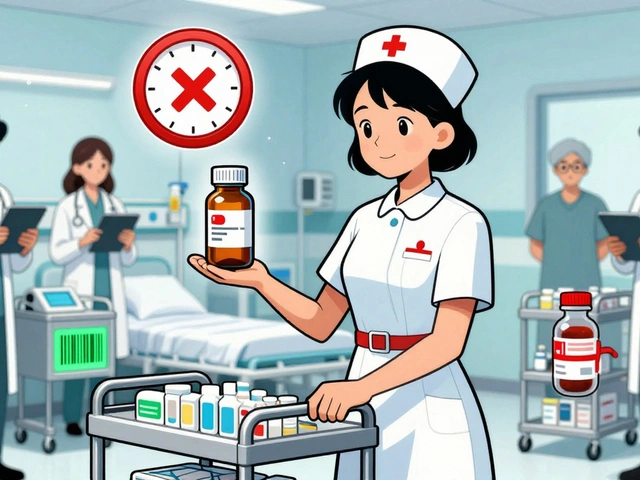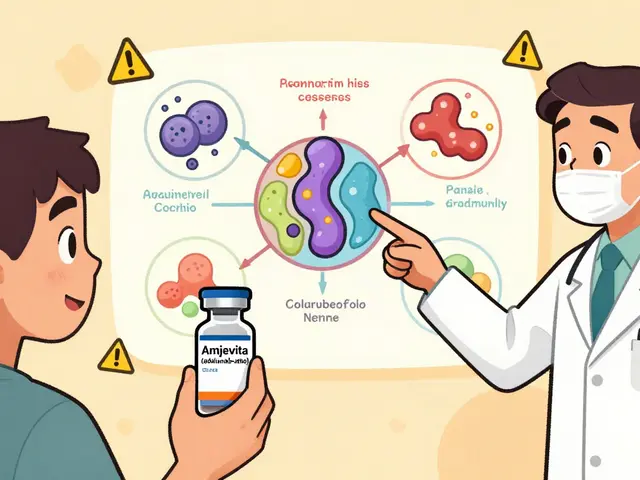Skin reactions to losartan: rash, hives and swelling explained
Took losartan and noticed itching or a rash? You’re not alone—skin reactions can happen, though they aren’t the most common side effect. This page explains the types of skin problems linked to losartan, how quickly they can appear, and practical steps you can take right away.
Common skin reactions
Most people who get skin issues on losartan see mild things first: red patches, itching, small bumps, or hives (raised, itchy welts). These often show up within days to a few weeks after starting the medicine, but can sometimes appear later if the body becomes sensitized.
Less common but more serious reactions include angioedema—sudden swelling of the face, lips, tongue, or throat. Angioedema can interfere with breathing and needs immediate medical care. Very rare severe conditions like Stevens-Johnson syndrome (blistering skin and mucous membranes) or DRESS (drug reaction with systemic symptoms) have been reported with many drugs, including blood pressure medicines. Those are rare, but they are emergencies.
What to do if you notice a rash
If your rash is mild and you have no breathing trouble or swelling: take a clear photo, note when it started and any new soaps, supplements or other meds, and contact your prescriber. Your doctor may suggest stopping losartan or trying an antihistamine first. Don’t stop a blood pressure drug without checking—sudden changes can be risky, so call your healthcare provider for guidance.
If you have swelling of the face, lips, tongue, throat, or trouble breathing, go to the emergency room or call emergency services now. For severe blistering, widespread skin peeling, or a high fever with a rash, seek urgent care—these signs can mean a dangerous reaction that needs immediate treatment.
When your doctor evaluates you, they may stop losartan, treat the reaction with antihistamines or steroids, and refer you to a dermatologist or allergist. If losartan is the likely cause, your clinician will discuss safe alternatives. Note: some alternatives (like ACE inhibitors) can also cause angioedema in some people, so a specialist may help pick the best option.
Want to keep track? Keep a simple log: medication start date, rash start date, photos, and any other new exposures. That makes it easier for your doctor to spot patterns. Also report the side effect to your local health authority or the drug manufacturer—reporting helps track rare reactions and keeps others safer.
Short takeaway: mild itchy rashes can often be managed, but swelling or breathing trouble is a medical emergency. When in doubt, call your healthcare provider—better safe than sorry.

Can Losartan Cause Rashes? Signs Your Blood Pressure Med May Trigger Skin Issues
This article explores whether your blood pressure medication, particularly losartan, could be behind unexplained skin rashes. Learn about the symptoms, how to identify if losartan is to blame, and practical steps to take if you suspect your medicine is causing skin problems. Real-world examples, insightful tips, and useful resources make the signs and solutions clear and actionable. By digging into actual cases and key medical advice, readers will get a down-to-earth guide for tackling skin reactions linked to their blood pressure meds. The aim is to empower people to ask the right questions and get the help they need.
View More




